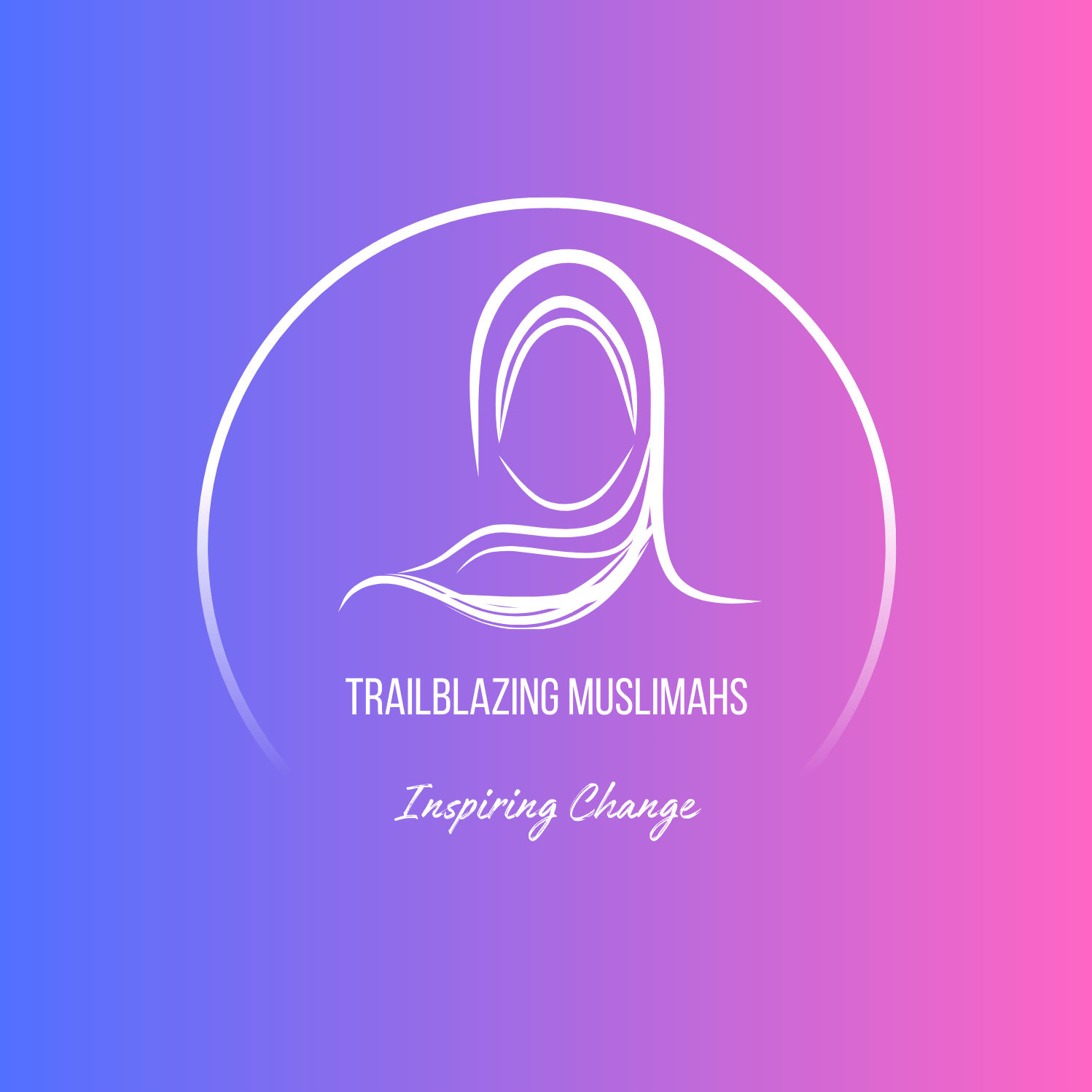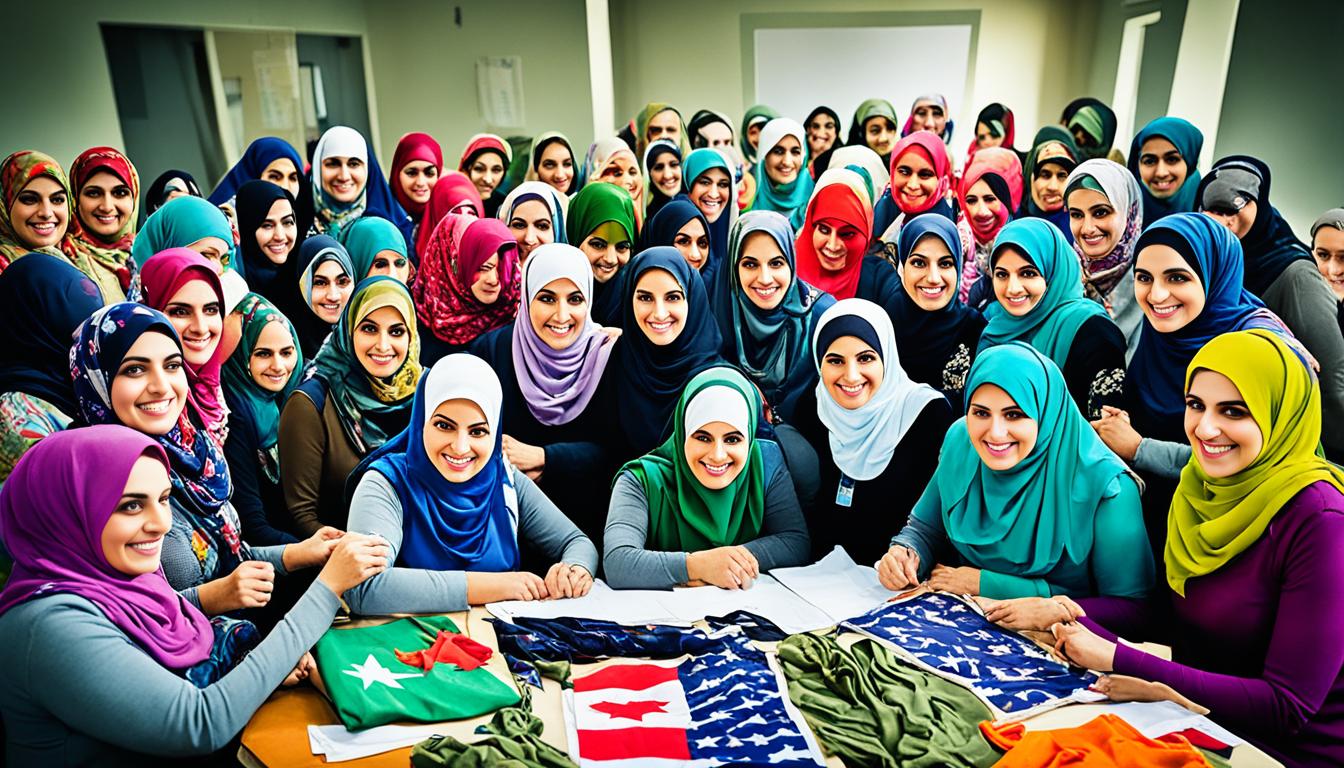Understanding Gender Differential Pay Gaps – The gender wage gap is a big problem worldwide. It’s about men and women getting paid differently for the same work. This issue stops economic growth and keeps gender inequality alive.
In 2021, women made 84 cents for every dollar men made on average. But, this gap varies for different groups. Black women made 67 cents and Hispanic women earned 57 cents compared to white non-Hispanic men’s one dollar. Part of this gap is due to things like age, education, and job type. Yet, a big part of it still doesn’t make sense. It shows that gender pay discrimination is a real problem.
Key Takeaways:
- The gender wage gap refers to the disparity in earnings between men and women.
- Black women earn 67 cents and Hispanic women earn 57 cents for every dollar earned by white non-Hispanic men.
- A significant portion of the gender wage gap cannot be explained and is likely due to discrimination.
- Closing the gender wage gap requires addressing factors such as gender discrimination, occupational segregation, and societal norms.
- Policies and initiatives are needed to create equal opportunities and promote gender and racial equity in the workforce.
What Causes the Gender Wage Gap?
The gender wage gap is hard to solve. It happens when men and women get paid differently. We need to know why this happens to fix it.
Jobs and industries play a big part. Women often work in jobs that pay less like childcare. These jobs don’t help women make more money over time.
Also, women sometimes get paid less than men for the same work. This is not fair. It shows that women and men are not treated equally at work.
Jobs and unfair pay make the gender wage gap bigger.
Women often have to take care of others which affects their jobs. This makes it hard for them to move up in their careers or make more money.
To make things fair, we need new rules. These rules should help women get the same chances as men. They should stop unfair pay and help with family care.
Working on these issues will help close the wage gap. It will make sure everyone gets fair pay for their work.
Impact of Occupation and Industry on the Wage Gap
The gender wage gap is influenced by job types. Occupation and industry affect women’s earnings a lot. They cause 42% of the earnings difference between men and women.
Women are often in jobs that pay less like childcare and housekeeping. This adds to the wage gap. Even in the same job, women usually earn less than men.
For a visual representation, refer to the table below that showcases the wage gap by industry:
| Industry | Gender Wage Gap |
|---|---|
| Technology | 15% |
| Healthcare | 20% |
| Education | 18% |
| Finance | 22% |
The table shows the wage gap in different industries. These differences show we need equal pay for equal work.
The wage gap also comes from the jobs women and men choose. Society and stereotypes influence these choices. Jobs with more men often pay more.
We need to fight stereotypes and support women in high-paying jobs. This will help close the wage gap.
Working on these issues will make the workforce fairer. Gender won’t decide how much someone earns.
Education and the Gender Wage Gap
Women earn less than men at all education levels. They get lower pay for the same degrees or jobs. The pay gap gets bigger the more education a woman has.
Education helps get better jobs but doesn’t fix the gender pay gap. Discrimination and old views on gender affect women’s pay.
“Education is the key to unlocking opportunities and achieving economic success. However, it is disheartening to see that women’s high educational achievements are not translating into equitable pay.”
Women face discrimination at work, even if they have the same education as men. This unfair treatment leads to them getting paid less.
Society’s traditional views on gender affect women’s earnings, too. Women face challenges in reaching high-paying jobs because of these views.
“Society’s perception of gender roles continues to shape the outcomes and opportunities available to women. It’s crucial that we challenge these norms and create a more inclusive and equitable society where educational achievements are rewarded fairly.”
The gender wage gap is not just about education. We need to fight discrimination, change society’s views, and open more opportunities for women.
The Impact of Education on Pay
Education boosts earning potential. On average, more education means a higher salary.
Having a bachelor’s, master’s, or doctoral degree usually means higher earnings. The wage gap is smaller for those with less education but grows with higher levels.
“Higher education provides individuals with valuable skills, knowledge, and qualifications, which should translate into better career opportunities and higher pay. Unfortunately, the persistence of the gender wage gap suggests that we still have work to do.”
Education’s effect on pay can vary by what you study, where you work, and your job. Some fields have bigger pay gaps and more gender inequality.
“Equal access to quality education is a fundamental right that should translate into equal opportunities and rewards in the workplace. We must continue to advocate for equal pay and address the underlying factors that perpetuate wage disparities.”
Wage Gap by Educational Attainment
The wage gap exists even with the same education level. Men and women’s pay differs a lot.
| Educational Attainment | Gender | Pay Gap |
|---|---|---|
| Bachelor’s Degree | Women | 79 cents on the dollar* |
| Bachelor’s Degree | Men | 100 cents on the dollar* |
| Master’s Degree | Women | 72 cents on the dollar* |
| Master’s Degree | Men | 100 cents on the dollar* |
| Doctoral Degree | Women | 68 cents on the dollar* |
| Doctoral Degree | Men | 100 cents on the dollar* |
“The wage gap persists even among highly educated individuals. Our society must address the systemic biases and barriers that hinder equal pay for women across all levels of educational attainment.”
It’s clear we need big efforts to make pay equal. This means changing laws and views in the workplace and society.
Racial and Ethnic Disparities in the Gender Wage Gap
The gender wage gap changes across different racial and ethnic groups. It shows the need to look at wage gaps together. Let’s explore how they differ.
Asian and white women make less money than men of the same races. Even with some improvements, these gaps stick around. This is because of issues that mix with workplace gender inequality.
Work segregation by job and field plays a big role in these wage gaps. Black and Hispanic women see even wider gaps compared to white non-Hispanic men. This job segregation leads to big yearly pay losses for Black and Hispanic women when compared to their white male peers.
Now, let’s dive into the numbers:
| Racial/Ethnic Group | Gender Wage Gap |
|---|---|
| Asian Women | Racial Wage Gap Percentage |
| White Women | Racial Wage Gap Percentage |
| Black Women | Racial Wage Gap Percentage |
| Hispanic Women | Racial Wage Gap Percentage |
This table shows wage gap differences among groups. Black and Hispanic women face big hurdles for pay equality.

To fix the wage gap, we need broad solutions. We must challenge job segregation, discrimination, and other big barriers. By pushing for equal chances and fair pay for all, we can make society better and more fair.
Parenthood and the Gender Wage Gap
Pay differences between genders come from various factors. These include job types, education, and unfair treatment. But, how parents are viewed also plays a big part. We’ll look into the “motherhood penalty” and the “fatherhood wage premium.”
Motherhood Penalty
Being a mom can lead to earning less money. This is known as the motherhood penalty. Moms often work fewer hours or pause their careers for their kids. This leads to lower pay and fewer chances to move up.
Also, society expects moms to care for kids more than dads. This can make it tough for moms to get promoted or return to work after having a baby. Because of these views, moms can face unfair treatment.
This penalty shows the unfair position working moms are in. It helps keep the pay gap between genders wide.
Fatherhood Wage Premium
On the other hand, dads often get paid more after having kids. This is known as the “fatherhood wage premium.” Researchers say that employers think dads are more reliable and committed. This results in better pay and more job opportunities for them.
Unlike moms, dads seldom cut their work hours after having a kid. So, they end up making more money. Yet, this also makes the pay gap between genders even bigger. It shows how fathers are treated better at work than mothers.
Looking at how parenting affects pay gaps shows us the role of society’s views. The motherhood penalty and fatherhood wage premium show why we need rules and job plans that help all parents. These should help parents manage both work and family life well.
Now, let’s look into how the types of jobs people choose affect the pay gap. This helps us understand why there are differences in pay.
Role of Occupational Choices in the Gender Wage Gap
The jobs people pick have a big effect on gender pay differences. They shape men’s and women’s career paths and how much they make. The careers they choose are shaped by social rules, culture, and gender ideas.
Many women work in fields like healthcare and education. These jobs usually pay less than men’s jobs like engineering. This is part of why there’s a pay gap between men and women. The choice of career affects how much people earn.
Jobs men usually do often pay more. Jobs women do tend to pay less. Even in the same job, women often make less money than men. This is true even when they do the same work and have the same skills.
We can help close the pay gap by getting more women into high-paying jobs. Breaking stereotypes and offering equal chances are important steps. We must remove the job barriers that cause unfair pay.
“By empowering women to pursue careers in traditionally male-dominated fields and challenging gender biases, we can create a more equitable workforce and bridge the gender wage gap,” says Dr. Sarah Smith, an expert in gender economics.
Increasing Opportunities in Underrepresented Fields
To deal with job segregation by gender, we can give women more chances in fields where there are few women. Governments, schools, and companies can help. They can offer things like scholarships and internships in these fields. This way, women can chase better-paying careers and help close the pay gap.
Changing Perceptions and Tackling Stereotypes
It’s key to fight gender stereotypes and change how society sees gender roles. Teaching kids early and clearing up wrong ideas about gender can help. Companies should also have programs that appreciate all kinds of talents. This makes chances equal for everyone at work.
Supporting Work-Life Balance and Flexible Work Arrangements
Offering flexible jobs and help for balancing work and family life can reduce job segregation and make pay more equal. Making childcare affordable, parental leave, and flexible hours helps. Then, people can pick careers based on what they’re good at, not gender roles.
Average Salaries in Male-Dominated and Female-Dominated Occupations
| Occupation | Male-Dominated Occupations | Female-Dominated Occupations |
|---|---|---|
| Software Engineer | $115,000 | – |
| Registered Nurse | – | $70,000 |
| Financial Analyst | $90,000 | – |
| Elementary School Teacher | – | $45,000 |
| Marketing Manager | $105,000 | – |
| Social Worker | – | $50,000 |
The table shows that men’s jobs often pay more than women’s jobs. But, we can change this.
We need to make sure all jobs are open to everyone. This means tackling the reasons for the pay gap. It means fighting stereotypes and helping with work and life balance. By doing these things, we can work towards equal pay for everyone, no matter their gender.
Broader Factors Impacting the Gender Wage Gap
The gender wage gap is shaped by many factors. This includes economic forces and societal norms. These elements greatly affect earning differences between men and women.
Economic Forces and the Wage Gap
Economic factors like recessions affect men and women differently. This can change the gender wage gap. When the economy drops, women often lose jobs or get lower wages, which makes the wage gap bigger. Also, some job rules can make gender pay differences worse if they don’t fix the problem or if they support gender bias.
Societal Norms and Gender Stereotypes
Society’s expectations and gender stereotypes impact the wage gap too. Traditional roles might push women towards lower-paying jobs. They might also be kept from leading roles. Meanwhile, men might be judged for choosing jobs usually done by women. These stereotypes can stop everyone from getting equal pay and slow down progress.
“To lessen the gender wage gap, we must look at these big issues. Fighting against stereotypes and changing norms can help. We can build a world where both men and women get fair pay and equal chances at work.”
Building a More Equitable Future
To close the wage gap, we need to face economic and social challenges. We must make sure everyone gets fair pay and equal job chances. We also need to support a balance between work and life for all. Working on these big issues can help us make a fairer future. There, everyone can do well and succeed.
Conclusion
We need to work on the gender wage gap by tackling its causes. Important factors include job segregation, societal expectations, and care duties. Fair policies can help men and women equally.
Fixing the wage gap means higher pay and better jobs for all. This should be done regardless of whether careers are mostly male or female. We must aim for fairness in pay and support racial and gender fairness.
To build a fair workforce, we must challenge stereotypes. These stereotypes affect what jobs people can have. A supportive workplace can help women aim for higher-paying jobs.
To improve the future of the wage gap, we need a solid plan. This involves getting to the root of the problem and promoting fairness. If we all have the same chances and get fair pay, we can close the wage gap. This will make our society fairer for everyone.
FAQ
What is the gender wage gap?
What causes the gender wage gap?
How does occupation and industry impact the wage gap?
Does education eliminate the gender wage gap?
Are there racial and ethnic disparities in the gender wage gap?
How does parenthood impact the gender wage gap?
Do occupational choices contribute to the gender wage gap?
What are the broader factors impacting the gender wage gap?
How can we address the gender wage gap?
Source Links
- The Modern World’s Women Empowerment in Islam
- Top Careers for Gen Z Women in Demand
- https://www.epi.org/publication/what-is-the-gender-pay-gap-and-is-it-real/













